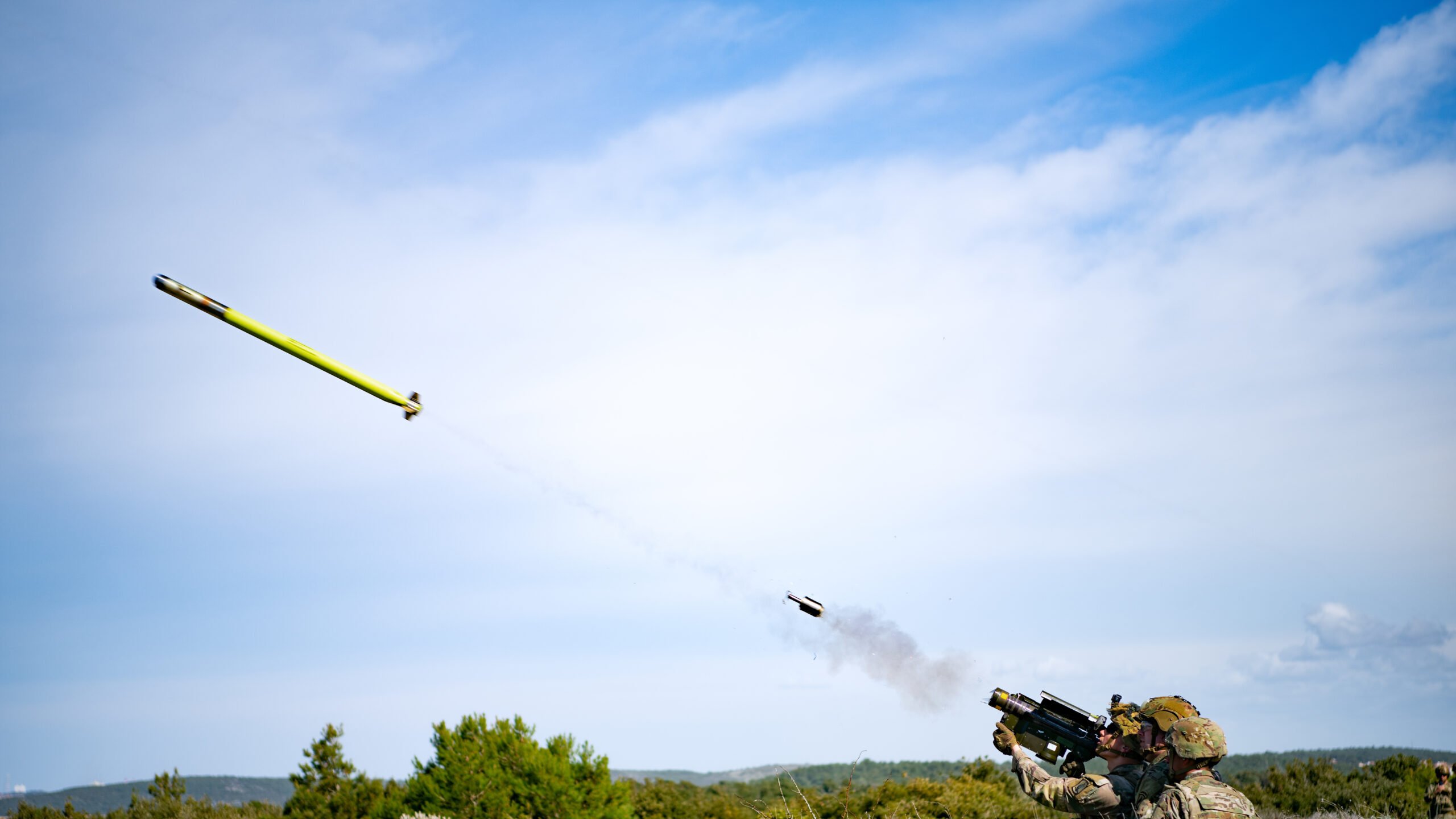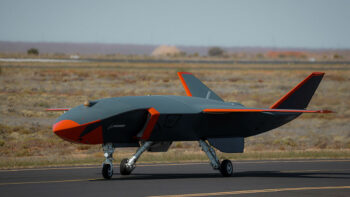
US Army paratroopers assigned to the 173rd Airborne Brigade fire a FIM-92 Stinger during an air defense live-fire exercise. (US Army)
WASHINGTON — Amid a high tempo of arms transfers to Ukraine, the stockpile of US weapons and those of allies are getting “dangerously low,” the commander of US Air Forces in Europe (USAFE) said today. And worse, he warned, no “short term” fixes are on the horizon.
Speaking on a panel with the air chiefs of the United Kingdom and Sweden during the Chief of the Air Staff’s Global Air & Space Chiefs’ Conference in London, USAFE Commander Gen. James Hecker, who also leads US air forces in Africa, urged fellow North Atlantic Treaty Organization members to take a hard look at the status of their weapon stockpiles.
“I think it’s very important that we kind of take stock of where we are in our weapons state across the 32 nations of NATO, and we’re getting way down compared to where we were,” said Hecker, who counted Sweden’s expected accession to NATO among the collection of allied nations — a topic of heated discussion at the NATO summit in Lithuania this week.
“If you look at the US itself — and let’s not just talk about the munitions we recently have given away to Ukraine — but we’re [at] roughly half the number of fighter squadrons that we were when we did Desert Storm,” Hecker said, pointing to a similar decline in fighter strength for the UK. “So we don’t have nearly what we had at the heart of the Cold War. Now you add that we’re giving a lot of munitions away to the Ukrainians — which I think is exactly what we need to do — but now we’re getting dangerously low and sometimes, in some cases even too low, that we don’t have enough. And we need to get industry on board to help us out so we can get this going.”
According to a July 7 factsheet, the US has provided Ukraine over $41.3 billion in security assistance since Russia’s invasion in February 2022, much of it in the form of transfers of current stockpiles rather than new production. As just one example, more than 2,000 RTX-made Stinger anti-aircraft systems have been sent to the country, leading the Pentagon to struggle to replenish the current inventory as it searches for a next-generation replacement.
The recent controversial decision by the Biden administration to send cluster munitions to Ukraine — banned in over 100 countries due to human rights concerns — was in part influenced by a constrained munitions stockpile. Over 2 million 155 mm artillery rounds among other munitions have already been shipped to the war-torn country, and US officials have framed the cluster bomb shipments as a temporary measure to provide more time to spin up artillery production and sustain Ukraine’s ongoing counteroffensive.
A surging demand for weapons in the wake of Russia’s invasion has stressed the Western industrial base, which had actively eschewed a wartime footing. Moves like multi-year procurement authorities have been deployed by the Pentagon to provide industry a more predictable timetable for production, but Hecker joined other top officers in calling for more action.
“[All NATO nations] need to start” making deeper investments, Hecker added, “because we’re dreadfully below where we need to be. And it’s probably not going to get better — well, it’s not in the short term — but we’ve got to make sure in the long term we have the industrial base that can increase what we have.”
Heidi Grant, Boeing’s director of business development and the former top official for the Pentagon’s weapons sales, said on the panel that industry needs more than just statements from military officials for production levels to meet their desires.
“As far as the demand signal, we’re all talking about it. But what it really takes, what industry needs is the request. A written, on-paper request so we can start those production lines that you need,” she said. “It’s hard for us to make the investment unless we know that it’s really there.”






















